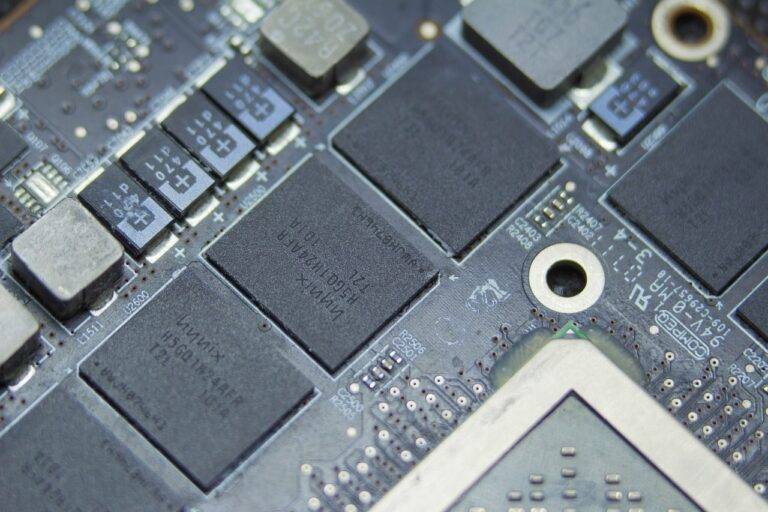Enhancing Data Privacy with Blockchain-based Secure Data Sharing
Data privacy is a fundamental aspect of safeguarding sensitive information from unauthorized access or disclosure. In today’s digital age, where vast amounts of data are stored and shared online, protecting privacy becomes more critical than ever. With the increasing number of cyber threats and data breaches, ensuring the confidentiality of personal and confidential data is paramount to maintaining trust and security in various industries and sectors.
Failure to prioritize data privacy can lead to severe consequences for individuals, businesses, and institutions. From identity theft to financial fraud and reputational damage, the risks associated with inadequate data protection measures are significant. By implementing robust data privacy protocols, organizations can not only comply with regulatory requirements but also build a foundation of trust with their customers and stakeholders.
Challenges in Data Sharing
Data sharing poses numerous challenges in today’s digital age. One major issue is the lack of standardized policies and regulations governing how data should be shared, leading to inconsistencies and confusion among different organizations. This lack of uniformity often results in data breaches and privacy violations, causing concern among both businesses and consumers alike.
Moreover, the sheer volume of data being generated every day presents a logistical hurdle in efficient and secure data sharing. Organizations often struggle to securely transmit and store large amounts of data, increasing the risk of unauthorized access and data leaks. As data sharing becomes increasingly integral to various industries, finding effective solutions to address these challenges is of utmost importance to safeguard sensitive information and maintain trust in digital platforms.
How Blockchain Technology Works
Blockchain technology operates on a decentralized network, where information is stored in a chain of blocks. Each block contains a set of data, a unique identifier called a hash, and the hash of the previous block. This interlinking creates a secure and transparent record of transactions that is resistant to modification.
Through a process called mining, transactions are verified and added to the blockchain by network participants known as miners. Miners compete to solve complex mathematical puzzles, and the first one to successfully solve the puzzle earns the right to add the new block to the chain. This consensus mechanism ensures the integrity and immutability of the data stored on the blockchain.
What is blockchain technology?
Blockchain technology is a decentralized, distributed ledger that securely records transactions across a network of computers.
How does blockchain ensure data privacy?
Blockchain technology uses encryption and consensus algorithms to secure data and ensure that it cannot be tampered with or accessed by unauthorized users.
What are some challenges in data sharing that blockchain technology can address?
Some challenges in data sharing include security risks, lack of transparency, and data silos. Blockchain technology can address these challenges by providing a secure and transparent way to share data across multiple parties.
How does blockchain technology work to facilitate data sharing?
Blockchain technology works by creating a network of interconnected nodes that store a copy of the ledger. Each transaction is verified and added to the ledger through a consensus mechanism, ensuring that all parties have access to the same, tamper-proof data.





